Inside story: Where and when tourism will recover and the Gold Coast economy warms up again
The Gold Coast has a fresh wave of leadership in the tourism and council. How quickly do these new leaders see the COVID cloud disappearing? Their response is sooner rather than later.
Opinion
Don't miss out on the headlines from Opinion. Followed categories will be added to My News.
- Full interview: New CEO David Edwards on key Gold Coast issues
- Owners push for shark nets to protect their dogs
THE Gold Coast has a fresh wave of leadership in tourism and council. How quickly do these new leaders see the COVID cloud disappearing?
Their response is sooner rather than later.
Research within council suggests tourism will not return to pre-COVID levels until 2024.
New Mega Events Gold Coast CEO Jan McCormick put up slides at a Southern Chamber of Commerce event showing the forward event calendar.
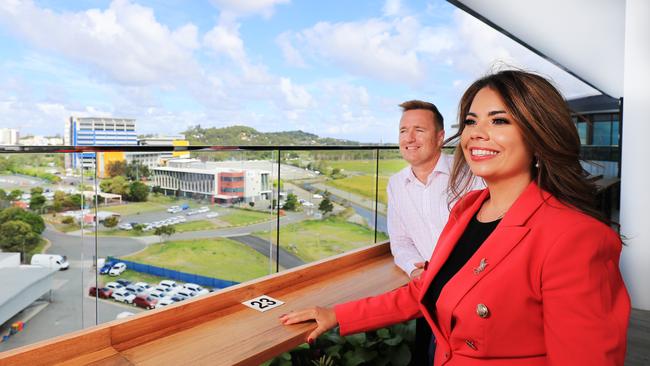
MEGC was created to streamline the calendar to avoid double-ups on weekends and change the mix with 80 per cent currently focused on sport. From winter with the headlining Cooly Rocks, things warm up.
“October, November, the first week of December is chock-full of events. We had to tell the Logies they can’t have their event in November,” Ms McCormick said.
Destination Gold Coast CEO Patricia O’Callaghan, only 24 days into the job, is across the detail of how tourism was flying and crashed when COVID hit early last year.
“We were at a high in 2019 — $5.9 billion (in revenue), 14 million visitors, we had 92 per cent domestic but eight per cent from overseas was really the cream on our cake,” she told chamber members at the Currumbin RSL.
Only a few minutes drive south, the airport at Coolangatta took the biggest hit. From more than 400 flights per week, the numbers fell to 42. Tourism accounts for 10 per cent of the Coast’s economy, at least 44,000 jobs.
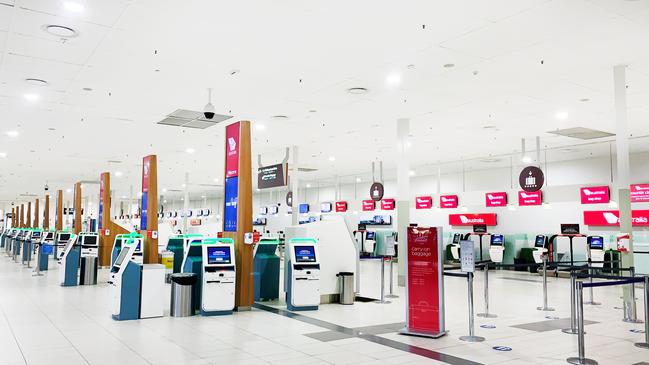
“To see those numbers was absolutely heartbreaking,” Ms O’Callaghan said.
But her pitch was to look at tourism here “with a fresh set of eyes” and to offer bold ideas. The initial focus is the aviation industry. Funding will be directed to new domestic flight routes.
But Destination Gold Coast has also begun reaching out to international markets with video “going gangbusters” in New Zealand and talks starting with Chinese tourism contacts.
“We launched a Chinese New Year video into market,” Ms O’Callaghan told your columnist. “Basically acknowledging how important they are, how much we miss them. And that we look forward to seeing them again soon.”
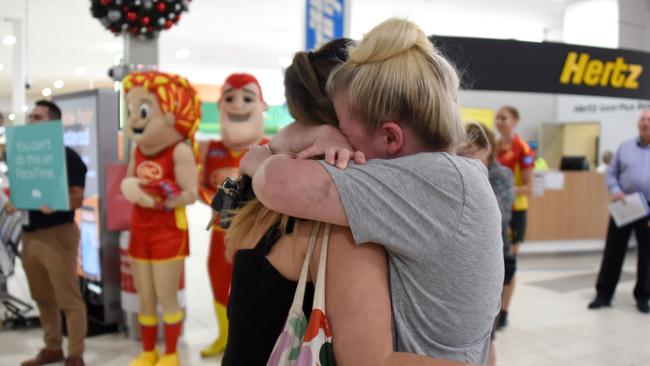
Chamber members who are small operators, at my table, enjoyed Ms O’Callaghan’s freshness and frankness. They talk about the theme park car parks in the north being filled, but their businesses rely on international arrivals.
Ms O’Callaghan revealed tourism was humming again on a “Friday, Saturday and Sunday” economy.
“It is the daytrippers. Obviously within the drive market catchment. The key for us is how do we build upon that for the rest of the week? That’s where meetings and convention, business events are going to play a critical role. And obviously trying to find ways to incentivise those longer stays.”
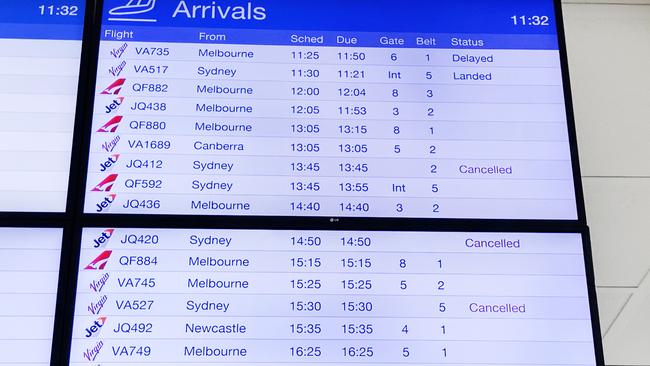
New council CEO David Edwards sees this as an opportunity, that the Coast needs to diversify its tourism product and “move aggressively out of COVID”.
“I think it’s going to be earlier (than 2024),” he told your columnist. “Sitting back thinking we are never going to travel for another three or four years, I don’t think we should be complacent.
“We should be getting ready now, to welcome new tourists and investors and highlight the amenity and lifestyle we’ve got as a real advantage for people to come and live here.”
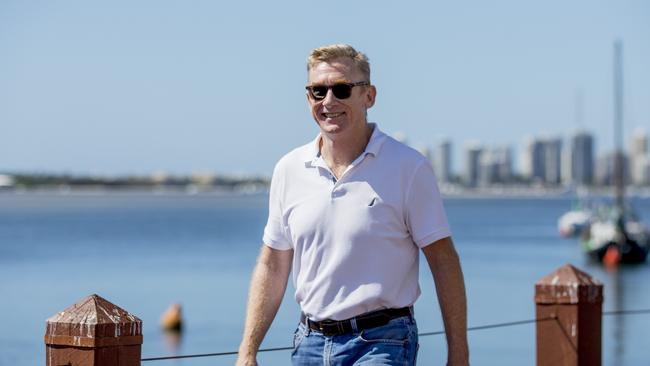
Fresh ideas and leadership will bring the hinterland into focus. Ms O’Callaghan has taken a scenic drive west of the M1. Mr Edwards knows the eco-tourism opportunities there.
What we can achieve tourism-wise in the green behind the gold post-COVID, after consultation with local residents, well, that’s Gold Coast’s next big debate.
LAST WEEK
SURF Life Saving Queensland is in dangerous waters. Several scandals have put the spotlight on the behaviour of clubbies. A review will focus on culture, but will it clean up surf’s reputation?
In 2019, your columnist began reporting on a series of complaints made by whistleblowers including a sex tape involving a minor being shared by a Gold Coast clubbie and footage posted on Facebook by Sunshine Coast surf stars mucking around in shower rooms.
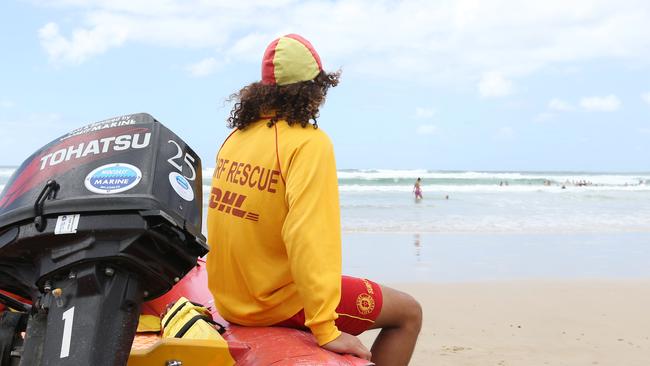
A dirt file sent to and tabled by the SLSQ board included allegations of a lifesaver being drunk on duty, sexual harassment and staff kickbacks.
Surf dismissed the dirt file claims as “unsubstantiated”, and the locker room competitors got a slap on the wrist. Yet the Coast sex tape seemed not to be in the forefront of their concerns.
SLSQ will still not say if the matter was referred by themselves or the club to police. The female was 15, and had not consented to the mobile phone footage of her with another youth being circulated.
The Bulletin on Tuesday sent questions to SLSQ. A statement was later released announcing a “formal review of specific policies and procedures” with the aim to improve safety.
On Wednesday, a young man appeared in Southport Magistrates Court accused of raping a 21-year-old girl at a Coast clubhouse. There is no suggestion the allegations against him are linked to any other incident.
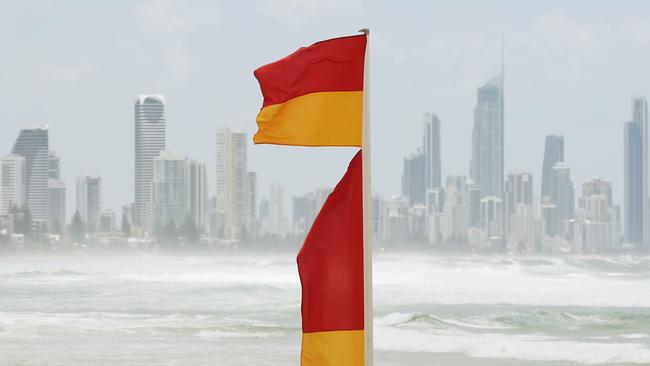
A surf source told your columnist: “There needs to be a public-funded inquiry. It needs to be external (to the organisation). You bring in a forensic accountant, an auditor, you conduct membership surveys, you ask them about their support for management.”
Unlike other sports like rugby league, surf is prone to a pool of competition events for both genders. Visiting competitors need accommodation.
“You have men and females sharing dormitory areas. Then you have juveniles sharing dormitories. It can be a recipe for disaster,” the source said.
A concerned parent from a lifesaving family backed the call for an independent cultural review. “I’d like to see management at a club level, when there are concerns, be proactive and not hiding it,” he said.
Whistleblowers who have knocked on the door of SLSQ have all complained about confronting “red tape”. They are often branded serial pests, their membership not renewed after decades of service.
In the SLSQ annual report, CEO Dave Whimpey wrote about the restructure and welcoming “an all-new senior leadership team, who bring a wealth of experience and expertise in their relevant fields”.
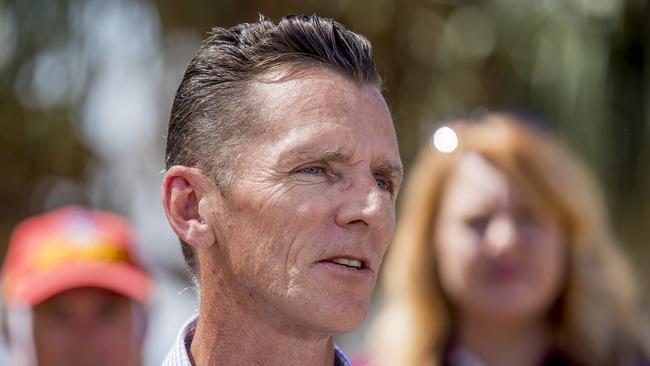
“As we embark on our new Strategic Plan 2020-25, we now look to create true alignment between our volunteers, clubs, branches and state.”
SLSQ was given $32 million of your taxpayer money after a pre-election promise by the Palaszczuk government. We continue to reach for our pockets as the volunteers rattle the tins, and our expectation is those good young men and women will be protected by management.
It is a line-in-the-sand moment where the sport must deliver on governance. Only then can SLSQ use the brand “The Glory Days are Back”.



